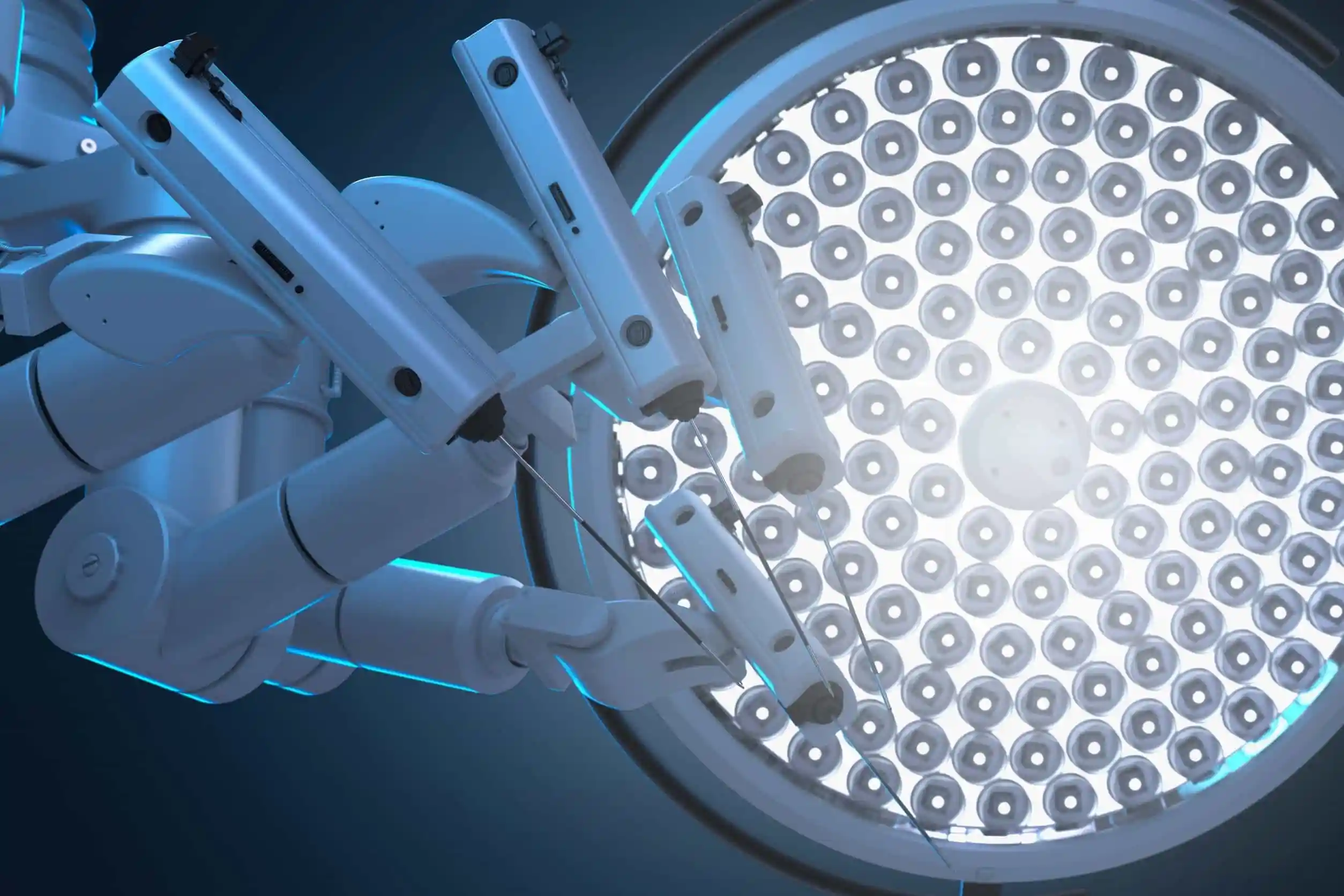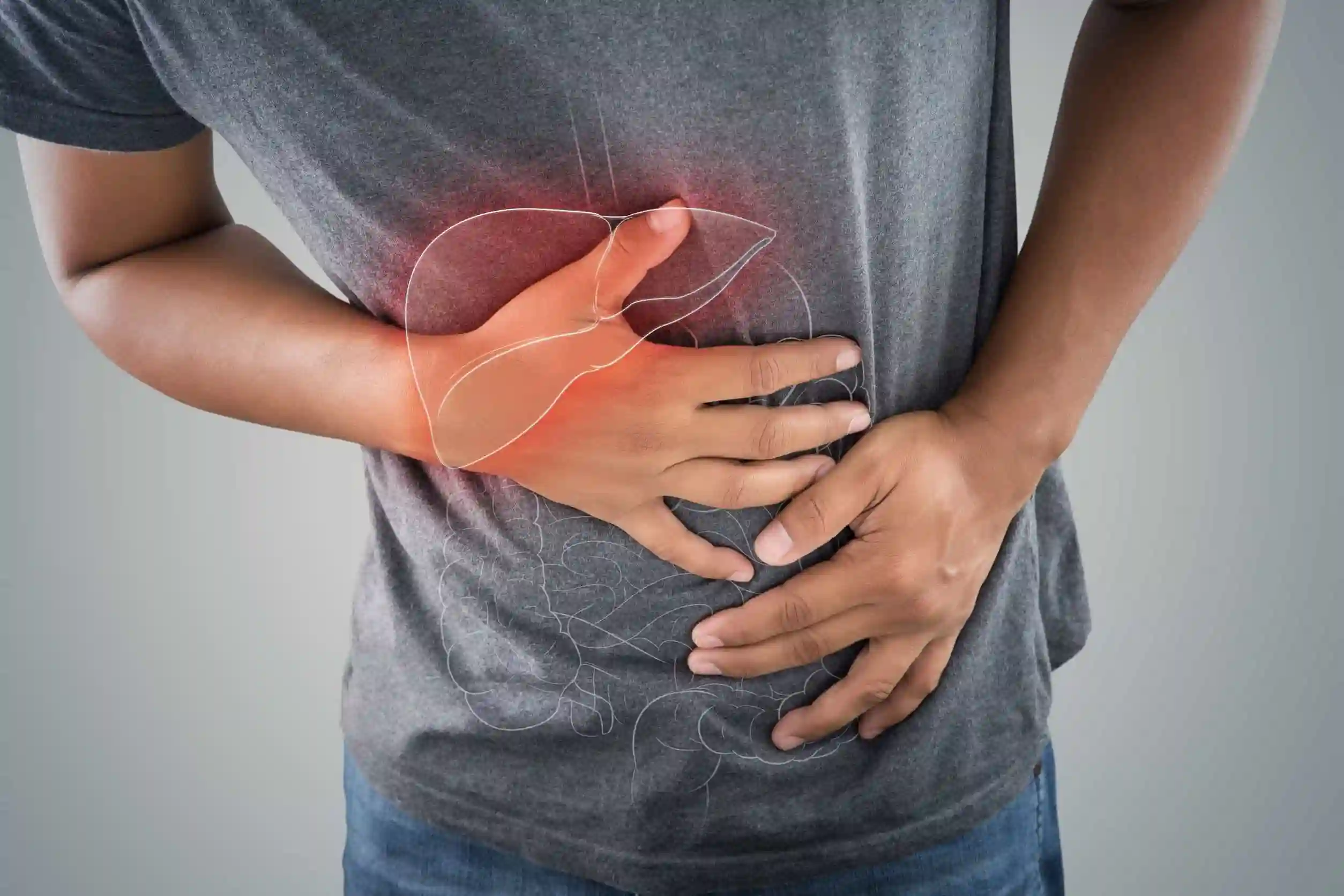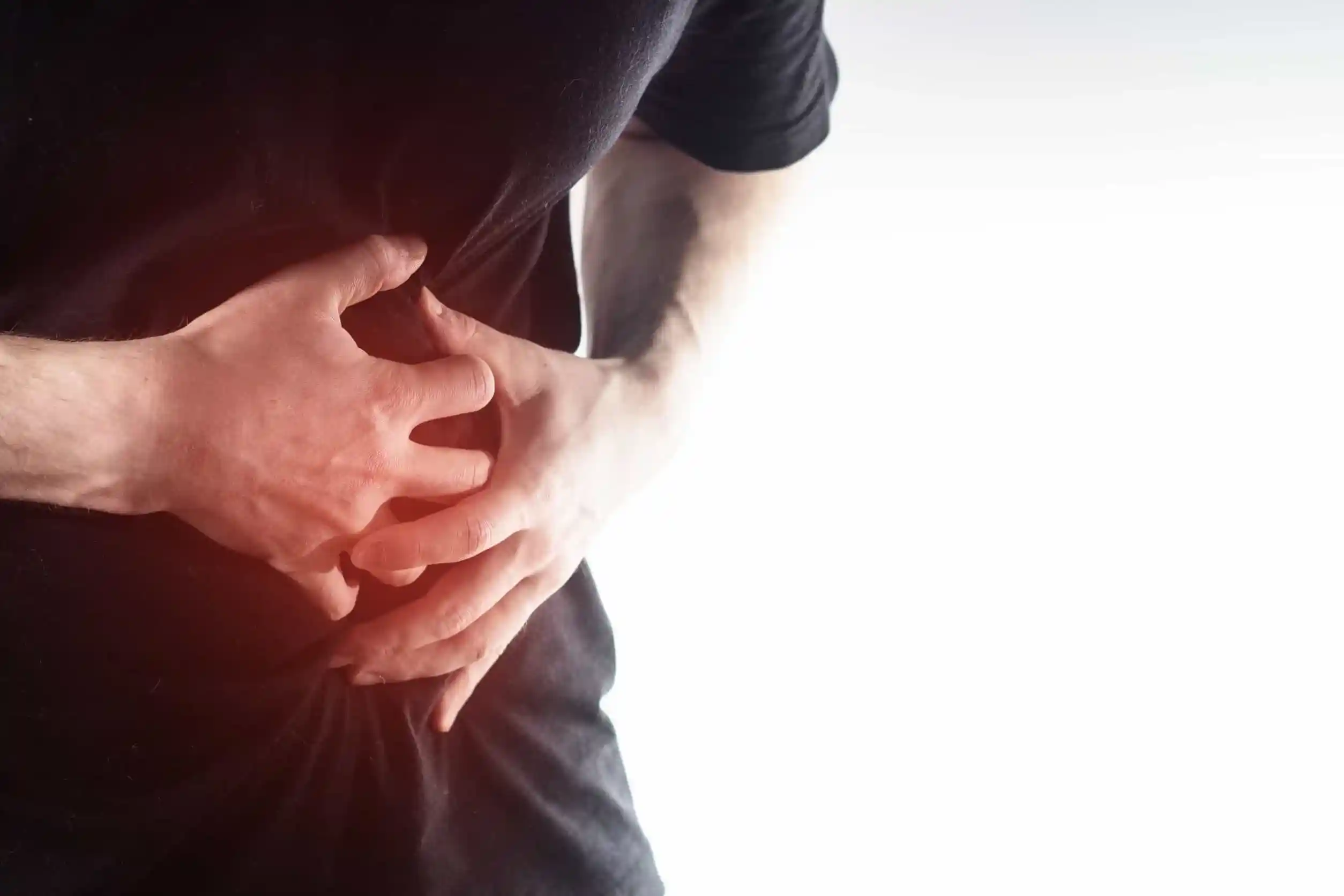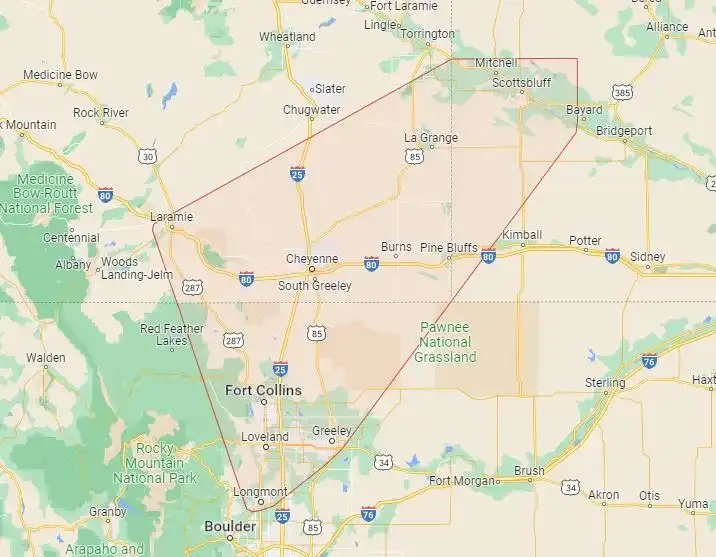Conditions We Treat

Pancreatic Cancer
Pancreatic cancer is an aggressive malignancy that is most common in older individuals. The symptoms of pancreatic cancer are usually non-specific and include abdominal discomfort, unexplained weight loss, fatigue, jaundice, and new onset diabetes. Approximately 80% of patients with pancreatic cancer have large tumors that cannot be removed or metastatic spread to other organs. For those with small, localized tumors, a multidisciplinary team will select a treatment plan that includes a combination of surgery and chemotherapy which offers extended survival and a chance for cure

Cystic Neoplasms of the Pancreas
These are cysts in the pancreas that have the potential to develop into pancreatic cancer. They are typically asymptomatic and found incidentally on imaging studies performed for other reasons. A careful assessment of imaging studies and other tests is necessary to predict the risk of cancer development in these pancreatic cysts. Those with low-risk cystic lesions will have repeat imaging at defined intervals to ensure no growth or changes. Those with high-risk cystic lesions will be recommended a surgical procedure to remove a portion of the pancreas that contains the cyst.

Robotic Surgery for Pancreas
A newer way of doing pancreatic surgery is by using a robot in a Robotic-assisted laparoscopic surgery or robotic surgery. In this procedure, the cutting is minimal, and it is done in a precise cut by a robot controlled by the pancreatic surgeon.

Acute Pancreatitis
Acute pancreatitis is a condition that occurs when there is a sudden inflammation of the pancreas. The most common cause of acute pancreatitis is gallstones that have migrated into the bile duct and alcohol overuse. Symptoms include severe upper abdominal pain and nausea. Most cases of acute pancreatitis are mild. If caused by gallstone disease, it is necessary to remove the gallbladder immediately after the pancreatitis resolves to prevent future attacks. Most cases are mild and resolve in two to three days. Rarely, pancreatitis is severe and herolds a very prolonged and complicated course that may require surgery to remove devitalized or infected pancreatitis tissue. This can be performed endoscopically in some cases without incisions. In some cases surgery is required if the burden of disease is large and this can be performed robotically.

Gallbladder Cancer
Gallbladder cancer is a type of cancer that targets the gallbladder tissues. This rare condition disrupts the gallbladder's normal function - to store digestive bile fluid.

Gallbladder Carcinoma
Gallbladder carcinoma, commonly known as gallbladder cancer, is a disorder that occurs when cancer cells form in the gallbladder. The symptoms of gallbladder cancer are similar to those of gallstones. This includes right sided abdominal pain, worsening pain after eating fatty foods, nausea, and sometimes jaundice. Gallbladder cancer is usually found incidentally after removal of the gallbladder for gallstone disease. The treatment for gallbladder cancer involves removing a portion of the liver near the gallbladder and all the surrounding lymph nodes. This is called an extended cholecystectomy. Sometimes chemotherapy is given prior to surgery to shrink the tumor and prevent it from spreading to other parts of the body.

Gallstones
Gallstones form in the gallbladder in about 25% of the population. Some individuals with gallstones will experience symptoms of right abdominal pain, nausea, worsening pain with eating, jaundice, or fevers. Gallstones can also cause pancreatitis if they migrate from the gallbladder to the lower bile duct. Removal of the gallbladder is curative for those who are symptomatic and is performed in a minimally invasive fashion either robotically or laparoscopically depending on the situation.

Robotic Surgery for Gallbladder
The procedure is usually performed to address problems that are caused by gallstones and gallbladder cancer. A doctor may recommend it if the patient requires gallbladder cancer curative surgery, gallstones in the bladder or bile duct, inflammation, large polyps, and pancreatitis.

Cholangiocarcinoma (Bile Duct Cancer)
Cholangiocarcinoma is a type of cancer affecting the bile ducts or liver. These tumors usually present as a narrowed area in the bile duct that causes obstruction and jaundice. The diagnosis and treatment of cholangiocarcinoma is complex. ERCP is typically performed to obtain biopsies to confirm the diagnosis and to relieve the bile duct obstruction by placement of a stent. Surgery can be performed to remove the tumor after careful planning by a multidisciplinary team of cancer specialists.

Bile Duct Injuries
These injuries occur when the bile duct is cut, clipped or burned during gallbladder surgery. Bile duct injuries can block the flow of bile from the liver into the duodenum if the bile duct is clipped causing jaundice. They can also lead to the leakage of bile into the abdomen if the duct is cut. The management of bile duct injury after gallbladder surgery can be a complicated and prolonged process in some cases if the injury is not identified at the time of surgery. Repair of an injured bile duct can sometimes be performed with Endoscopic Retrograde Cholangiopancreatography (ERCP) if the injury is minor. For complex injuries, surgery is required which involves re-routing the bile duct to a piece of intestine called a Roux-en-y hepaticojejunostomy. This can be performed robotically in selected patients.

Bile Duct Stones
Bile duct stones, or choledocholithiasis, are a consequence of gallstones migrating from the gallbladder into the main bile duct. These stones can cause pain, jaundice, fevers, and pancreatitis. When bile duct stones are identified they are removed with Endoscopic Retrograde Cholangiopancreatography (ERCP). In those individuals who have gallstones in the gallbladder and the bile duct a combined procedure with removal of the gallbladder and clearing stones from the duct is performed.

Hiatal Hernias
This is a disorder that occurs when contents of the abdomen bulge through a portion of the diaphragm. This usually includes the stomach and can cause symptoms of reflux, regurgitation of food and fluids into the mouth, chest pain, acid reflux and pain or difficulty when swallowing. The reputable doctor may advise the patient to undergo robotic surgery for treatment.

Robotic Surgery for Hernias
Robotic surgery and laparoscopic surgery are minimally invasive procedures proven to be effective in the treatment of hernia. Both methods use tiny incisions and a camera, and both need the operation undertaken outside the body.

Hernias
A hernia is a bulge that occurs through a defect in the groin, flank, or abdominal wall. Hernias can develop through a natural weak spot such as the umbilicus (belly button) or the groin or they can develop at or near incisions from prior surgery. Hernias can cause discomfort and can be cosmetically unpleasant. Most hernias should be fixed if they are causing symptoms as they tend to grow in size with time. A variety of hernia repairs can be performed robotically..
Other Conditions
Chronic Pancreatitis
Chronic pancreatitis is an inflammatory condition that causes damage to the pancreas leading recurrent/chronic pain, diabetes, malnutrition, and a poor quality of life. The disease can be treated both endoscopically through ERCP and with surgery. The treatment approach to a patient with chronic pancreatitis is highly individualized according to each individual's specific pattern of disease.
Colon & Rectal
Colon and rectal cancer, also known as colorectal cancer, is one of the most common types of cancer in the United States. Colon cancer can be prevented by obtaining colonoscopies starting at age 50 to remove pre-cancerous growths called polyps. The symptoms of colon cancer include lower GI bleeding, anemia, weight loss, change in bowel habits, and obstruction. A colonoscopy is performed to obtain a biopsy. After this imaging is obtained to ensure the cancer has not spread to other locations. Minimally invasive robotic removal of the colon is performed for patients with early stage disease. Surgery can be curative, although some patients will need chemotherapy after surgery to prevent recurrence.
Small Bowel Surgeries
Small bowel surgeries are carried out to repair or remove portions of the small intestines. This type of surgery is performed on patients suffering from small bowel obstructions. Other indications for small bowel surgery include Crohn’s disease, ischemia or poor blood flow to the intestines, and abdominal catastrophes that have resulted from prior surgeries. These include hernias, infections, and small bowel leakage through the skin (fistula).
Thyroid Masses
The thyroid is a small gland found at the base of the neck in which cancerous nodules can develop.. Sometimes a mass can be palpated in the thyroid gland on a physical exam. In other cases, thyroid masses are only seen on imaging studies such as an ultrasound. If a suspicious thyroid mass is identified, a biopsy will be performed. If the biopsy returns as cancer or suspicious for cancer, surgery is necessary to remove either half or the whole thyroid.
Complex Biliary Surgery
Obstruction of the bile ducts causes jaundice and a sometimes serious infection of the biliary tree called cholangitis. Bile duct obstruction can be caused by stones that migrate from the gallbladder and become impacted in the bile duct, certain types of autoimmune and inflammatory conditions, and from cancerous growths. Typically bile duct obstruction is treated with endoscopic retrograde cholangiopancreatograpy (ERCP), a minimally invasive procedure with a flexible endoscope. For patients with prior upper abdominal procedures such as gastric bypass (in such patients ERCP is not possible) or in patients whom ERCP is unsuccessful resolution of biliary obstruction is performed surgically. Complex biliary surgery can be performed robotically or through an open incision depending on the situation.
Gastroesophageal Reflux
Gastroesophageal reflux disease is a digestive disorder that occurs when acidic stomach juices flow up the stomach into the esophagus. This results from failure of the lower esophagus sphincter to properly close. Acid reflux can be extremely bothersome and predispose some individuals to lower esophageal cancer. Anti-reflux surgery can be performed robotically and is curative and prevents esophageal cancer in some individuals.
Diverticulitis
Diverticulitis is caused when small pouches in the colon become inflamed and/or infected due to stool impaction in the thin wall of the diverticulum. Diverticulitis is usually mild and can in some instances be treated as an outpatient with oral antibiotics. For complicated cases, where a small perforation or abscess develops, inpatient treatment with intravenous antibiotics is necessary. For severe cases with a large perforation emergency surgery is performed. In some cases individuals will have recurrent bouts of diverticulitis which result in frequent hospitalizations. In these cases, elective removal of the disease portion of the colon is recommended. This surgery can be performed robotically in a minimally invasive fashion.
Parathyroid
This is a condition that occurs when one or more parathyroid glands excrete excess parathyroid hormone (PTH). There are four parathyroid glands located behind the thyroid gland. Hyperparathyroidism results in a rise in calcium levels in the body. In fact, hyperparathyroidism is usually identified when routine lab work notes elevated calcium levels. Symptoms include fatigue, loss of appetite, nausea, and muscle weakness. Imaging studies will then be performed to locate the parathyroid adenoma. A targeted parathyroidectomy (removal of the parathyroid adenoma) will be performed with monitoring of PTH levels to ensure its removal results in a drop in PTH.
Complex Abdominal Wall Reconstruction
This is a surgery performed to repair large or recurrent abdominal hernias. It involves separation of the components of the abdominal wall with mesh reinforcement to provide a functional repair that is durable. In some cases these procedures can be performed robotically.


